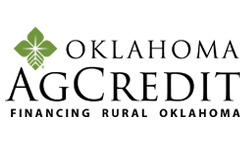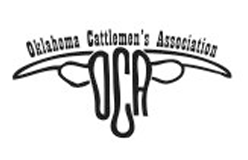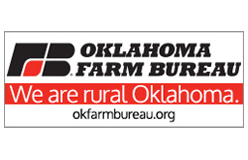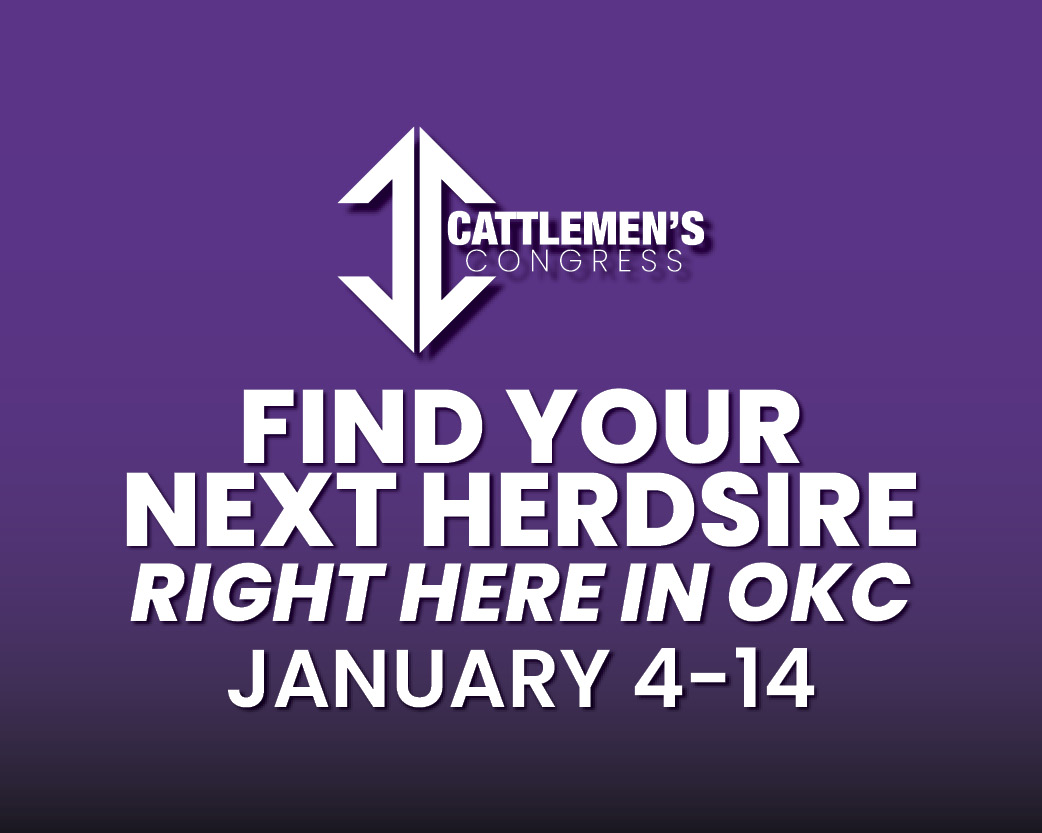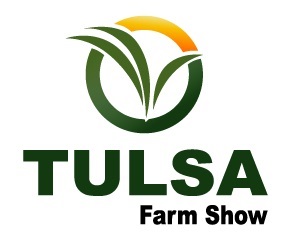Pasture, Rangeland, and Forage (PRF) insurance continues to be one of the most widely used federal crop insurance plans nationwide, with the most insured acres of any crop insurance plan in the US. While the program’s design has remained the same, the rainfall patterns that determine its performance have not (Davis et al. 2025). A new analysis comparing baseline loss ratios with recent changes in rainfall inconsistency highlights areas where producers may need to reconsider their insured intervals, and why those adjustments matter.
Figure 1 presents the baseline loss ratios of PRF from 2017 to 2024 across the south, demonstrating how the program would perform without interval choice affecting outcomes. This eliminates the human enrollment bias that happens when producers repeatedly select intervals that paid better in the past, do not follow a consistent enrollment strategy, or do not enroll consistently in general (Davis et al. 2025). Results show a mean loss ratio of 0.79 and a standard deviation of 0.20, indicating that, after controlling for enrollment behavior, most grids in the South maintain a relatively stable loss ratio that is below the national standard of 1. Figure 1 demonstrates that baseline performance and protection received by producers varies by location.
Figure 1. Pasture, Rangeland, and Forage Baseline Loss Ratio Map Across the Southern United States for Policy Years (2017-2024)

Davis et al. 2025 demonstrate that changes in the trend and variance of rainfall over time can be incorporated into an interval selection strategy. With PRF’s Rainfall Index being based on outcomes back to 1948, changes in more recent years in rainfall are less and less impactful on the index. So the strategy is to use the declining impact of each year’s rainfall to identify a gap between the assumed and actual risks, as our research showed. Figure 2 shows the results of such a strategy. The mean loss ratios of these grids increased to 0.83 under this strategy, with a standard deviation of 0.33. There is an increase in the average loss ratio, though not massive, and, more interestingly, a big jump in the standard deviation. This tells us that in certain areas, such as grids where rainfall has been especially uncertain, looking at past Rainfall Index values can help you choose a policy aligned with the intervals that provide the most safety net protection for your situation.
Regions with loss ratios of 1+ are presented as either white or red grid cells. Compared with Figure 1, there are significant visual changes. Except for Kentucky and Tennessee, most southern states show more grids performing at or above the standard loss ratio of 1, suggesting improved outcomes for producers when using this interval selection strategy. Grids that were performing well across all intervals (Figure 1) also seem to perform even better under this strategy.
Figure 2. Pasture, Rangeland, and Forage Loss Ratio Map with Enrollment Selected by Increasing Rainfall Uncertainty Across the Southern United States Averages for Each Policy Year (2017-2024)

Together, these two maps highlight how PRF interval selection is critically important to the insurance outcome and the protection provided to the producer. For producers, the baseline loss ratio map can act as a reference for the expected PRF performance in their grid. However, it is important to investigate the performance of select 2-month intervals and take a more strategic approach, like the example above, to improve the chances of getting dependable coverage. A great place to start is by looking at the PRF Rainfall Index values for your area. Watch for downward trends or times when the index has been more variable. Of course, it is also important to consider interval selection based on the seasons when rainfall is most critical to your forage production cycle. Together, take advantage of all the information available to choose the interval combinations that best add to your farm’s safety net.
References:
Davis, Walker, Lawson Connor, Hunter Biram, and Michael Popp. 2025. “Performance and Feasibility of Pasture Rangeland and Forage Insurance in the Delta Region.” M.S., University of Arkansas. https://www.proquest.com/docview/3255211943/abstract/752CC539274B4F6FPQ/1.
Davis, Walker, Lawson Connor, Michael Popp, and Shelby Ryder. 2025. “Is PRF Profitable in a Wetter State?” Journal of the American Society of Farm Managers and Rural Appraisers, 132–46.
Article courtesy of Southern Ag Today: Davis, Walker. Understanding Interval-Based Enrollment Risk in PRF: How Interval Selection Strategies Can Impact Protection Across the South. Southern Ag Today 5(46.1). November 10, 2025. Permalink


